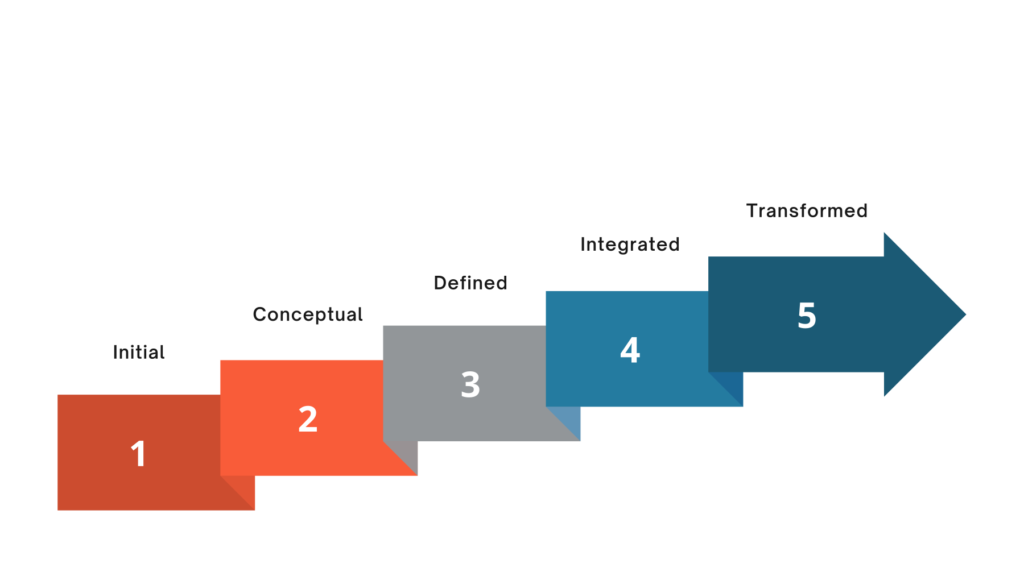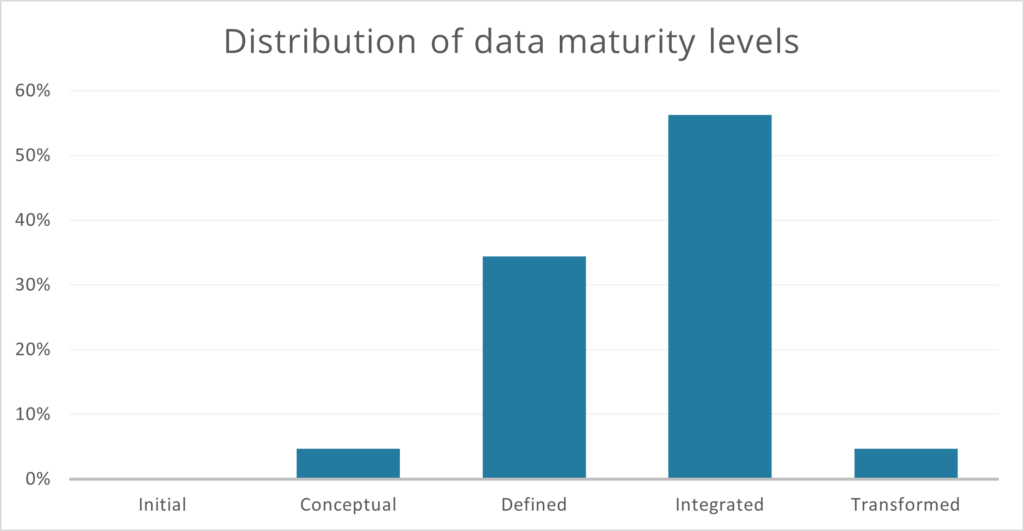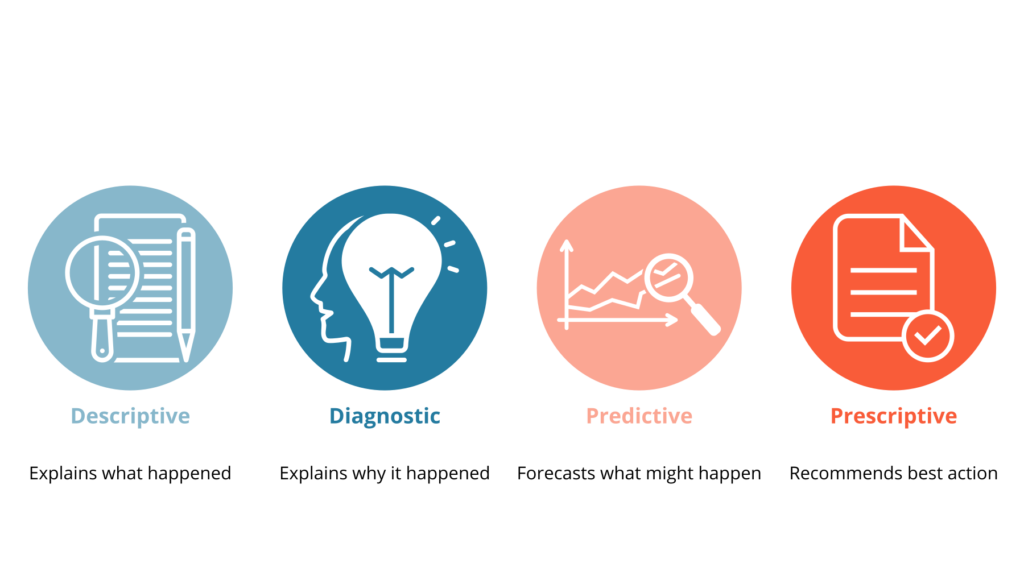Data maturity: how advanced are universities in utilising the data?
Studyportals has surveyed the Higher Education Institutions (HEIs) around the globe to determine their data maturity level.
HEIs hold a large amount of data: student records, staff data, course data, and so on. However, as the survey results show, they are not fully exploiting the potential of this data.
What is data maturity?
Data maturity is a measure of how advanced an organisation is in analysing data and to which degree it relies on data when making business decisions.
A maturity level also referred to as a maturity stage, is a step towards full maturity. At Studyportals, we distinguish five stages of data maturity: Initial, Conceptual, Defined, Integrated and Transformed.
How do HEIs make use of data?
The surveyed HEIs assessed themselves high in terms of data maturity level. The majority of respondents fall into the fourth (Integrated) stage (56%), followed by the third (Defined) stage (34%). The rest of the institutions qualify for the second (Conceptual) and the fifth (Transformed) stages (5% each). None of the participants assessed their institution as being on the lowest level of data maturity (Initial stage).
However, the differences are visible when looking at several aspects such as the purpose of data, quality of data, data sources, data tools, and data culture of the institution. HEIs utilise various data sources to the smallest degree, especially lacking behind with the use of paid data sources, such as data sets and commissioned research.
The positive impact of data on the performance of HEIs
The correlation between data maturity and the impact of data was noticed. Therefore, HEIs with higher data maturity levels see a bigger impact of data on outcomes, such as income generation.
The following chart presents the survey results, showing the effects of data and analysis on the universities:
The biggest impact can be noticed in strategic planning and decision making, meaning that universities are able to make data-driven decisions based on insights rather than gut feeling.
Data-driven strategy
As competition in international student recruitment increases, university staff needs better insights to target prospective students more precisely. This is where big data insights come in.
Data analytics is a process of analysing data to find trends and draw conclusions about the examined information. The Higher Education Institutions, which achieved a full data maturity, should be making use of all four main stages of data analytics:
Descriptive analytics uses data from various sources (both internal and external) to give valuable insights into the past.
Diagnostic analytics, similarly to descriptive analytics, focuses on the past, but the aim is to determine causes.
Predictive analytics focuses on the likelihood of future events.
Predictive analytics can answer many questions about student recruitment and help in creating a data-driven strategy.
How to reach full data maturity?
In order to develop a data-driven strategy, HEIs need to form strategic partnerships with data partners and advisors who can provide insights into prospective students.
About Studyportals Analytics and Consulting
Studyportals Analytics and Consulting Team advises and assists universities and other organisations in the higher education sector in making more informed decisions in international marketing and student recruitment based on a uniquely large dataset of over 200 million pageviews collected on its portals each year.
Complete a quick self-assessment of your university to discover its data maturity level and benchmark it against other Higher Education Institutions (3 minutes)
Data maturity of Higher Education Institutions and its role in the recruitment of students. Studyportals Analytics and Consulting Team, August 2021
The report covers the detailed survey results of the following dimensions:
- purpose of data – how do HEIs utilise data?
- quality of data – what is the quality of data used by HEIs?
- data sources – where do HEIs source data from?
- data tools – which tools are used by HEIs?
- data culture of the institution – is the culture of HEIs data-oriented?










